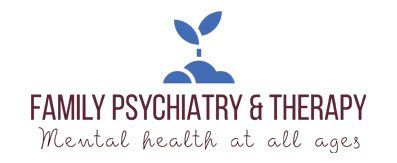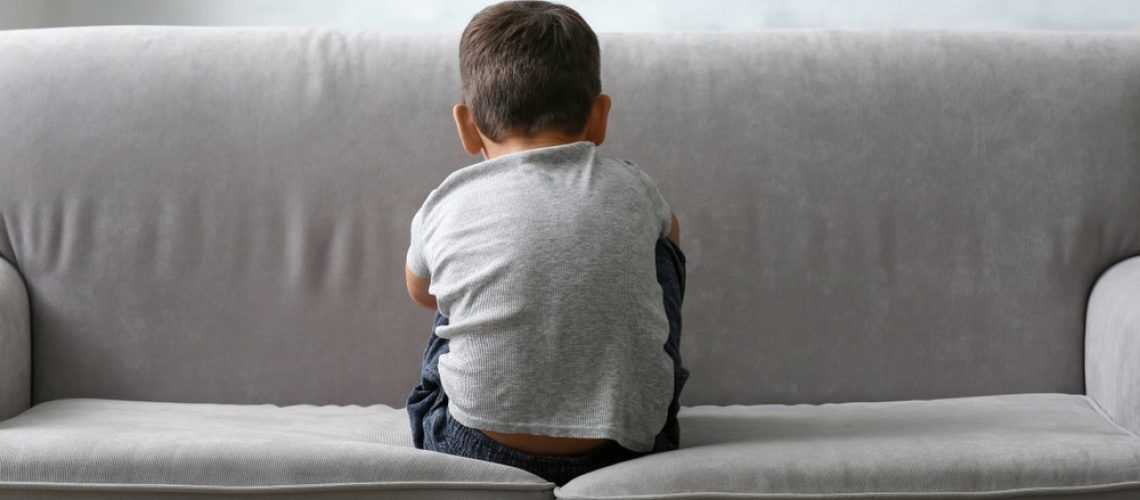It can be difficult for parents to distinguish whether a child is exhibiting disruptive, but normal, behavior, or whether the child is showing symptoms of a larger issue. Human behavior is prone to swings, but children especially can display erratic behavior. Not all tantrums are symptomatic of a disorder, but sometimes they can be. Making it more difficult to identify, children struggle to articulate how they’re feeling.
So how can you tell if your child is displaying behavior consistent with a disorder or if they’re simply frustrating and acting out?
This article will provide you with a comprehensive overview of childhood disorders, and highlight some of the symptoms of the more common ones.
What is a Disorder?
The two primary categories of disorders that children have are personality disorders and mood disorders. The two can share symptoms and require a professional diagnosis. To give you an brief overview, we’ll start with personality disorders.
Think of personality as an ID of sorts — it’s the way of thinking, feeling, and behaving that makes a person who they are. An individual’s personality is influenced by their experiences, environment, and genetically-inherited characteristics.
When a person has a personality disorder, their way of thinking, feeling, and behaving deviates from the expectations of the society they live in. The deviations will typically cause distress or issues functioning within society and can cause conflict with other members of society. Personality disorders feature a long-term pattern of behavior and experiences that differ significantly from what is expected. A few situations where a person demonstrates irregular behavior does not constitute as a disorder. The behavior must be established and recurring.
Mood disorders, sometimes called psychological disorders, cause a person’s emotional state or mood to be distorted and inconsistent with their surroundings or environment. A mood disorder can make it difficult for a person’s ability to function. There are a number of different mood disorders that can affect children.
Types of Childhood Disorders
Some of the most common childhood disorders include:
ADHD
Attention Deficit hyperactivity disorder (ADHD) is a mental health disorder that causes above-normal levels of hyperactive and impulsive behaviors. ADHD is a common disorder, affecting about 6.1 million children in the United States according to CHADD. That number reflects roughly 9.4% of all children.
ADHD can be diagnosed in very young children, but most often symptoms begin to reveal themselves around the age of eight.
For more information about ADHD in children, here are 12 signs that your child might have ADHD.
ODD
Oppositional defiant disorder is a disorder where a child displays a pattern of hostile, disobedient, and defiant behaviors towards authority figures. ODD is more common in young boys than girls, affecting about 11% of boys and 9% of girls. In most cases, symptoms will fade as the child matures into young adulthood.
A comprehensive evaluation with a mental health professional is required to diagnose ODD, as the symptoms must be observed over a period of time. Symptoms include:
- Temper tantrums
- Excessive arguing with adults
- Disregard for authority
- Deliberate attempts to annoy or upset people
- Blaming others for their own mistakes and behavior
- Spiteful and revengeful behavior
Anxiety Disorder
Anxiety disorders are a very common mood disorder that can affect people of all ages. They occur when individuals experience abnormal amounts of stress. Stress and anxiety is a natural body reaction, but when one experiences stress and anxiety more than normal. For children, anxiety disorders can make basic tasks and school work challenging.
According to the American Psychiatric Association, women are more likely than men to be diagnosed with an anxiety disorder. The disorder can also cause and be accompanied by depression.
To learn more about anxiety in children and tips for overcoming the symptoms of stress, here are 10 ways to anxiety.
Depression
Depression is a mood disorder where a individual experiences persistent and unending feelings of sadness. It can be challenging for children to express themselves emotionally, which makes it very difficult for parents to recognize whether or not their child is depressed.
The following are five signs that your child may be depressed:
- Prolonged sadness
- Change in weight or eating habits
- Problems sleeping
- Volatile mood and behavior
- Struggles in school
Diagnosing Childhood Disorders at Family Psychiatry and Therapy
If your child is displaying symptoms of any of the common disorders discussed in this post, or symptoms of another disorder, call or message Family Psychiatry and Therapy today. We offer a variety of services that can diagnose and treat any childhood disorders.
We have a caring and experienced team of professionals at Family Psychiatry and Therapy that would love to help your child work through their disorder.



